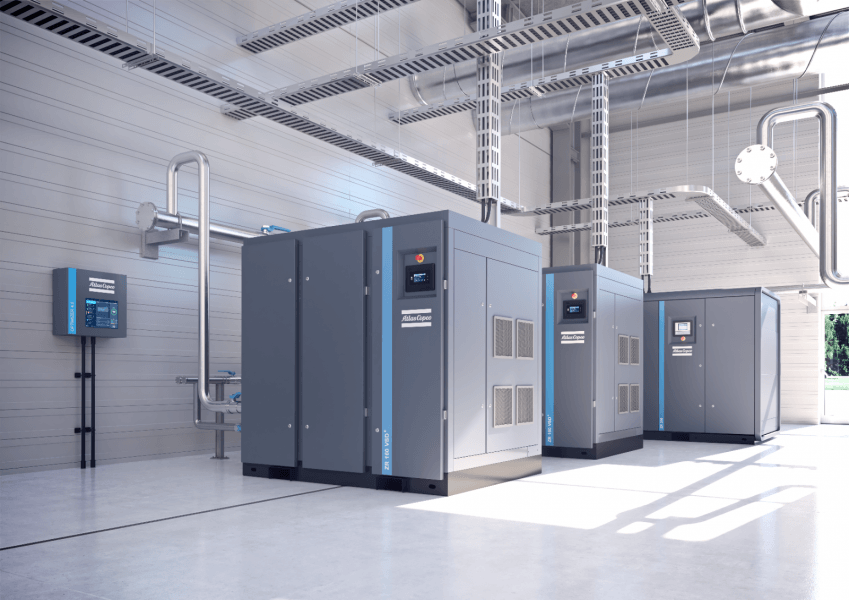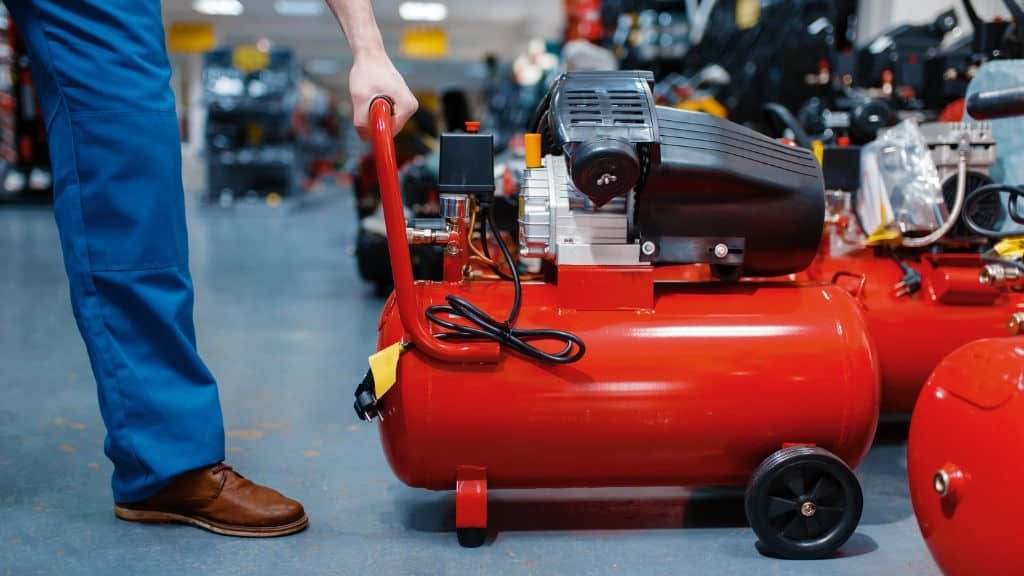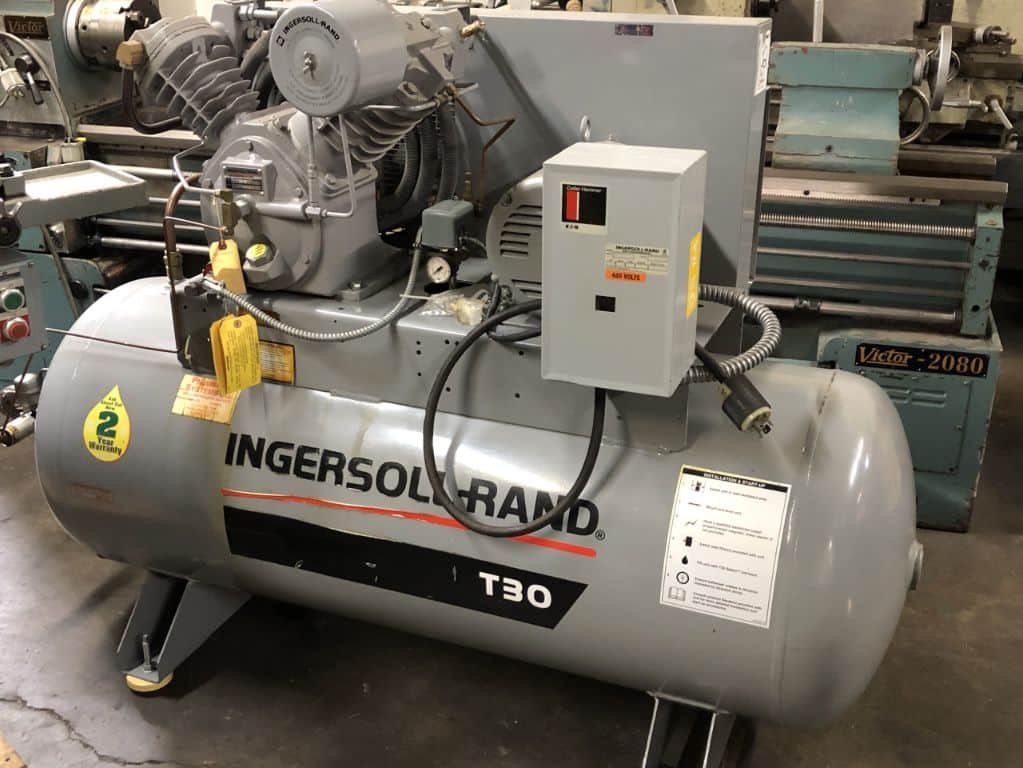Technical Troubleshooting Guide for Atlas Copco Air Compressors
When it comes to keeping your Atlas Copco air compressor running smoothly, troubleshooting is an essential skill. Whether you are a seasoned technician or a DIY enthusiast, understanding the common issues that can arise with air compressors and how to fix them can save you time, money, and frustration. In this technical troubleshooting guide, we will walk you through some of the most common problems you may encounter with your Atlas Copco air compressor and provide step-by-step solutions to get your machine back up and running in no time.
1. Low Air Pressure
One of the most common issues with air compressors is low air pressure. If you notice that your compressor is not delivering the required pressure, there are a few things you can check:
1.1 Check the Air Filter
The air filter is responsible for keeping dust and debris out of the compressor. Over time, the filter can become clogged, restricting airflow and causing a drop in pressure. Check the air filter and clean or replace it if necessary.
1.2 Inspect the Pressure Regulator
The pressure regulator controls the output pressure of the compressor. If it is not set correctly, it can result in low air pressure. Make sure the pressure regulator is set to the desired pressure and adjust it if needed.
1.3 Check for Leaks
Air leaks can also cause a drop in pressure. Inspect all connections, hoses, and fittings for any signs of leaks. Use a soapy water solution to identify any escaping air bubbles. Tighten or replace any faulty components to eliminate the leaks.
2. Excessive Noise
If your Atlas Copco air compressor is making more noise than usual, it could be a sign of a problem. Here are a few troubleshooting steps to address excessive noise:
2.1 Check the Vibration Isolators
The vibration isolators are rubber mounts that help reduce noise and vibration. Over time, these mounts can wear out or become loose, resulting in increased noise levels. Inspect the vibration isolators and replace them if necessary.
2.2 Inspect the Motor and Fan
A worn-out motor or a damaged fan can also contribute to excessive noise. Check the motor for any signs of wear or damage, such as overheating or unusual sounds. Inspect the fan blades for any cracks or chips. Replace any faulty components to reduce noise levels.
2.3 Lubricate Moving Parts
Proper lubrication is essential for smooth operation and reduced noise. Check the manufacturer’s recommendations for lubricating the moving parts of your air compressor. Apply the recommended lubricant to the appropriate components to minimize noise.
3. Overheating
If your air compressor is overheating, it can lead to performance issues and potential damage. Here’s what you can do to troubleshoot overheating:
3.1 Check the Cooling System
The cooling system of your air compressor plays a crucial role in preventing overheating. Ensure that the cooling fins are clean and free from debris. Check the fan for proper operation and clean or replace it if necessary. Additionally, make sure the compressor is located in a well-ventilated area to allow for proper airflow.
3.2 Inspect the Oil Level
Low oil levels can cause the compressor to overheat. Check the oil level using the dipstick or sight glass provided by the manufacturer. If the oil level is low, add the recommended oil to the appropriate level. Be careful not to overfill.
3.3 Check for Excessive Load
An excessive load on the air compressor can also lead to overheating. Make sure you are not running the compressor beyond its capacity. If you are using multiple tools or equipment simultaneously, consider reducing the load or using a larger capacity compressor.
Conclusion
By following this technical troubleshooting guide, you can effectively address common issues that may arise with your Atlas Copco air compressor. Remember to regularly inspect and maintain your compressor to prevent problems before they occur. If you encounter any issues that you are unable to resolve, it is always recommended to consult a professional technician for assistance.
FAQs
Q: How often should I clean or replace the air filter?
A: The frequency of cleaning or replacing the air filter depends on the operating conditions and the environment in which the compressor is used. However, as a general guideline, it is recommended to inspect the air filter every 500 hours of operation and clean or replace it as needed.
Q: Can I use any type of oil for lubricating my air compressor?
A: No, it is essential to use the oil recommended by the manufacturer for your specific air compressor model. Using the wrong type of oil can lead to performance issues and potential damage to the compressor.
Q: How can I determine the appropriate pressure setting for my compressor?
A: The appropriate pressure setting for your compressor depends on the tools or equipment you are using. Refer to the manufacturer’s guidelines or consult the user manual to determine the recommended pressure range for your specific applications.
Q: Why is it important to address air leaks?
A: Air leaks not only result in a drop in pressure but also lead to energy wastage and increased operating costs. By addressing air leaks promptly, you can improve the efficiency of your air compressor and save on energy expenses.
Q: Can I use my air compressor in a confined space?
A: It is generally not recommended to use an air compressor in a confined space without proper ventilation. Adequate airflow is necessary to prevent overheating and ensure safe operation. If you must use the compressor in a confined area, make sure to provide sufficient ventilation to avoid potential hazards.




